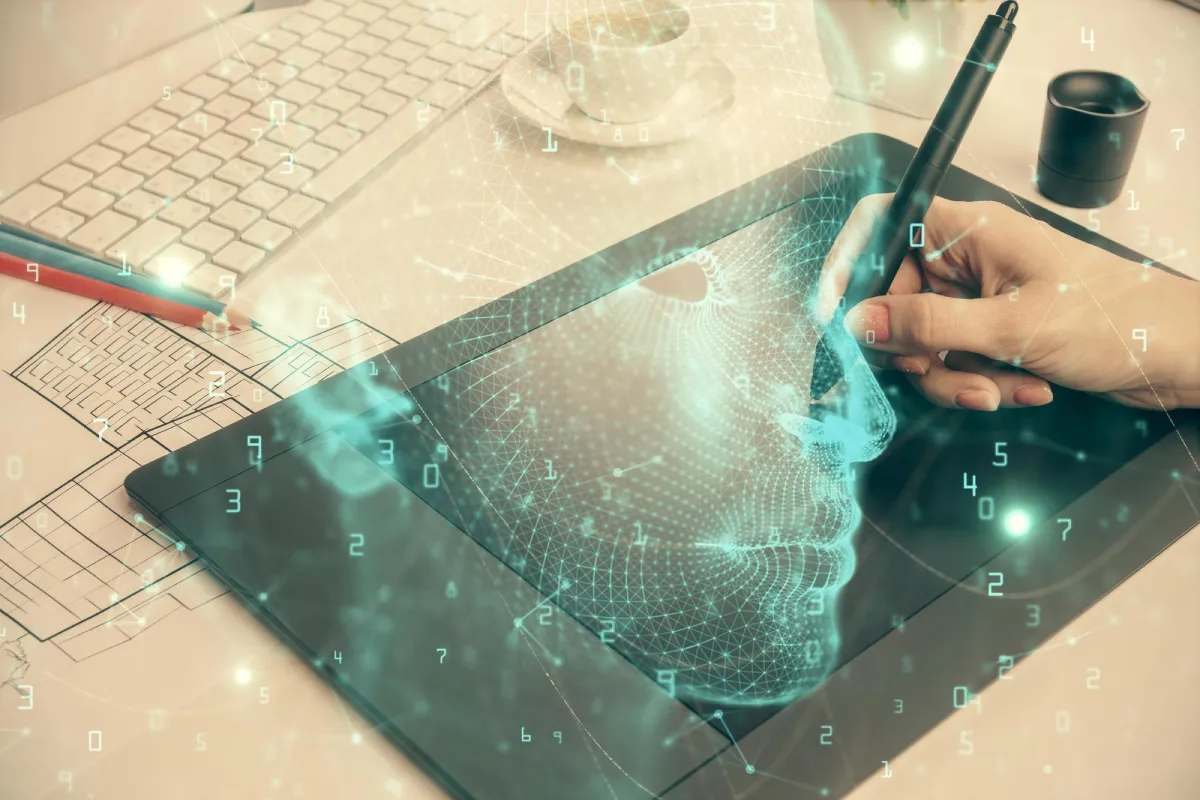How Are AI Tools Improving Creative Workflows for Designers?
Artificial intelligence (AI) is rapidly transforming the design industry, streamlining creative workflows and enabling designers to focus on innovation and artistry. By automating repetitive tasks, generating design elements, and enhancing collaboration, AI tools are revolutionizing how designers approach their craft. These advancements not only save time but also open up new possibilities for creative expression.
Automating Repetitive Tasks
One of the most significant ways AI is improving creative workflows is by automating time-consuming tasks. For designers, this includes resizing images, generating layout variations, and optimizing color palettes. Tools like Adobe Photoshop’s AI-powered features, such as Content-Aware Fill and Neural Filters, allow designers to remove unwanted objects, retouch images, and apply artistic effects in a matter of seconds.
Similarly, AI tools like Canva and Figma incorporate features that suggest design elements, align objects perfectly, and generate templates tailored to specific needs. Web-based tools like YouCam Online Editor make Photoshop-style edits simple with just a tap. By handling these routine tasks, AI frees designers to focus on more complex and creative aspects of their projects. For instance, an AI photo editor can streamline touch-ups and enhance image quality, saving hours of manual editing.
Enhancing Brainstorming and Concept Development
AI also acts as a powerful brainstorming partner, offering ideas and inspiration during the concept development phase. Tools like ChatGPT and Copy.ai can generate creative taglines, headlines, and descriptions, sparking fresh ideas for marketing campaigns and branding projects. For visual inspiration, platforms like Runway ML allow designers to experiment with styles and aesthetics, generating unique concepts based on input parameters.
By integrating AI into their workflow tools, designers can explore diverse ideas quickly, iterate on concepts, and refine their vision without starting from scratch.
The Role of AI-Driven Art Generators
AI-driven art generators are among the most exciting developments in the design world. Tools like DALL·E, MidJourney, and Stable Diffusion enable designers to create stunning visuals based on simple text prompts. Whether it’s an abstract pattern, a surreal landscape, or a photorealistic rendering, these tools can produce high-quality visuals that serve as inspiration or even final assets for projects.
For example, a designer working on a futuristic branding campaign might use an AI art generator to create unique background textures or mood boards. These tools can also help generate illustrations for websites, advertisements, and editorial designs, dramatically reducing production time. Platforms like cgdream.ai take this further by integrating features like consistent character rendering, 3D-to-image conversion, and style transfer, giving designers unparalleled control and flexibility.
While AI art generators are valuable tools, they also raise questions about originality and intellectual property. Since these models are trained on vast datasets of existing artwork, designers must consider the ethical implications of using AI-generated visuals in their work. Despite these challenges, many see AI art generators as collaborative tools that complement human creativity rather than replace it.
Personalization and Customization
AI tools excel at enabling designers to deliver personalized and customized experiences. Platforms like Adobe Sensei analyze user data to generate tailored design recommendations, while tools like Let’s Enhance and Prisma Lab help designers adapt visuals to specific audience preferences.
For example, an e-commerce designer can use AI to automatically generate product images optimized for different platforms, such as Instagram, Pinterest, or a company website. AI tools also enable rapid A/B testing, allowing designers to tweak visuals based on real-time feedback and engagement metrics.
Improving Collaboration in Teams
AI is also enhancing collaboration among design teams. Tools like Figma’s AI-driven plugins suggest edits, predict design trends, and facilitate seamless communication across teams. AI-powered version control systems keep track of changes, making it easier to revert to previous iterations or combine elements from multiple designs.
These advancements are particularly useful for remote teams, enabling designers to collaborate effectively, even when working across time zones. AI also streamlines project management by automating task assignments and tracking deadlines, ensuring that teams stay on schedule.
Challenges and Ethical Considerations
Despite its advantages, AI presents challenges for the design industry. Concerns about job displacement, intellectual property, and the over-reliance on automated tools are prevalent. Additionally, the risk of homogenized design, where AI-generated elements lead to less diversity in creative outputs, is a topic of debate.
To address these challenges, designers must approach AI tools with a critical eye, leveraging them to enhance their creativity while maintaining a distinct artistic voice.

Leave a Reply